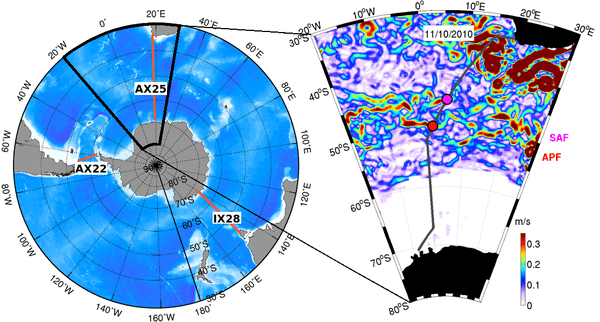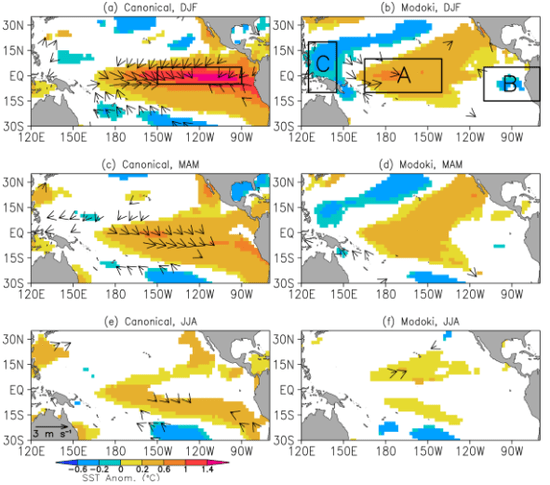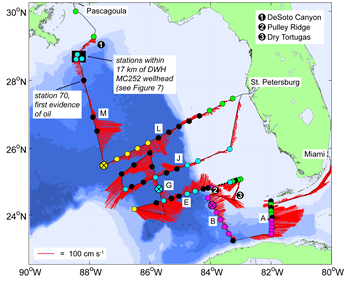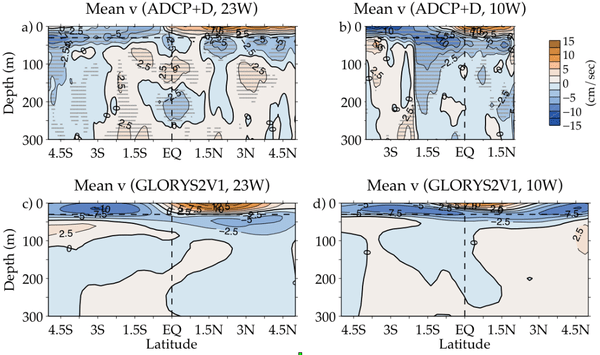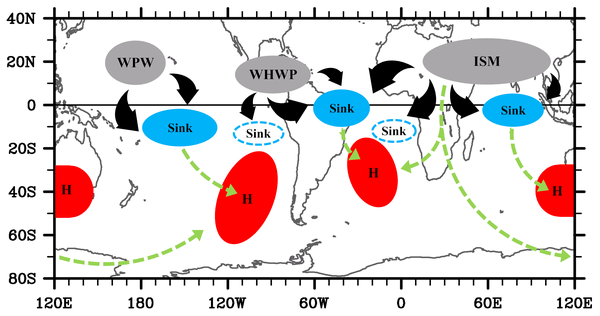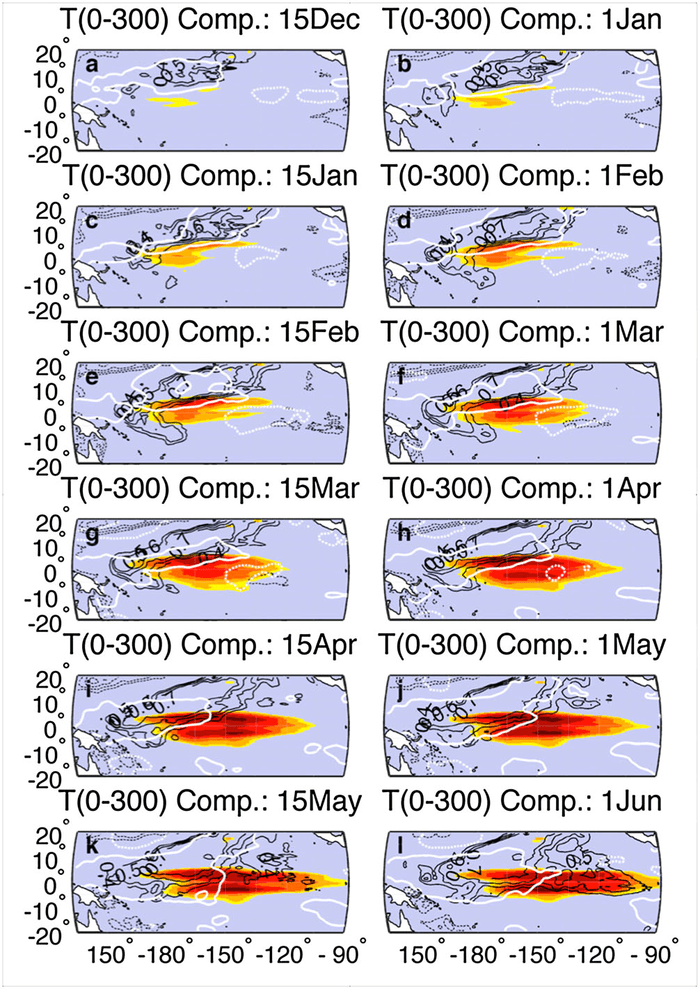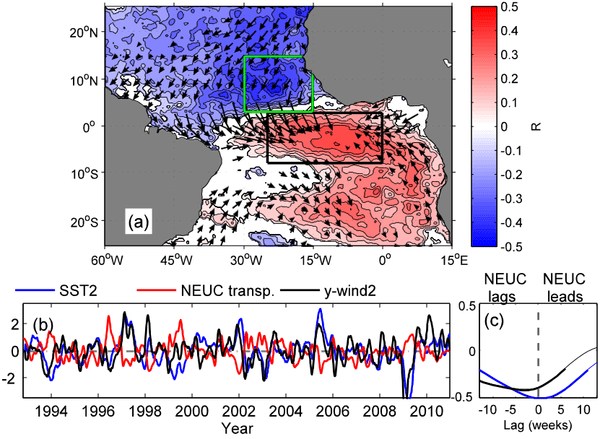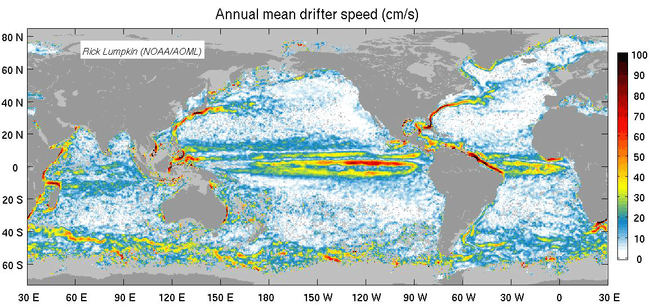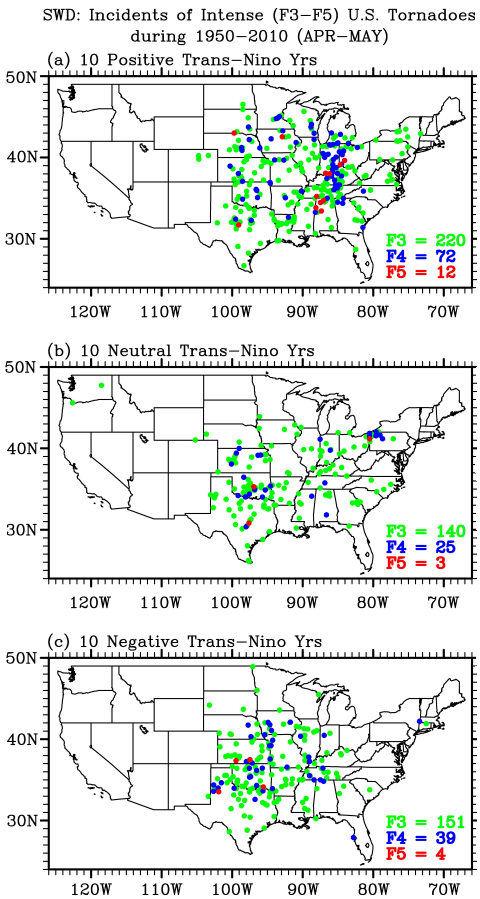Wind forced variability of the Antarctic Circumpolar Current south of Africa between 1993 and 2010
Researchers from PhOD and from the University of Cape Town used temperature data from the AX25 repeat XBT transect (from South Africa to Antarctica) in combination with other hydrographic and satellite observations to report a mechanism by which local winds alter the structure of the Antarctic Circumpolar Current flow south of Africa.
